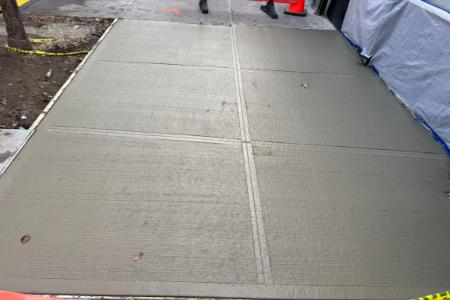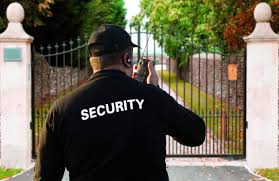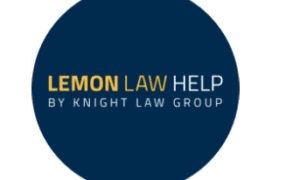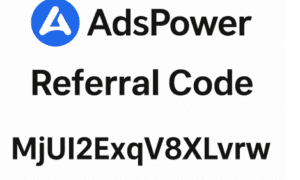New York City may be famed for its skyline and fast-paced lifestyle, but on the ground, it’s the sidewalks that carry the rhythm of daily life. These slabs of concrete weave a network of pedestrian paths connecting the city’s diverse neighborhoods, and their upkeep is more than a matter of aesthetics—it’s a legal obligation. For property owners, especially in the five boroughs, failure to comply with sidewalk maintenance rules can lead to the unwelcome burden of a sidewalk lien. Understanding what this lien is, how it affects your property, and how to remove it is crucial for anyone who owns real estate in NYC.
Understanding Sidewalk Liens in NYC
A sidewalk lien is a legal claim placed against a property by the City of New York due to unresolved sidewalk violations. These liens typically result from the city stepping in to repair a damaged sidewalk after the property owner failed to do so within the mandated timeframe. Under NYC Administrative Code Section 19-152, property owners are responsible for maintaining the sidewalks adjacent to their parcels. This includes repairing cracks, removing trip hazards, and dealing with damage caused by tree roots.
The process often begins when a city inspector identifies a sidewalk defect. A Notice of Violation (NOV) is then issued to the property owner, outlining the specific problems and requiring repairs within a set period—usually 45 days. If the owner does not comply, the city hires a contractor to perform the work and subsequently bills the owner. If that invoice goes unpaid, the amount may be converted into a lien against the property, which can ultimately affect its title and any future sale or refinancing plans.
How a Sidewalk Lien Impacts Property Owners
Having a lien on your property is more than just an administrative nuisance—it can have serious financial and legal consequences. First, liens become public record, which means anyone performing a title search will uncover them. This can significantly hamper your ability to sell, refinance, or transfer ownership of your property. Lenders often shy away from issuing mortgages or loans for properties with outstanding liens, due to the risk associated with unresolved debts.
Additionally, the lien accrues interest over time. What may have started as a manageable fee for sidewalk repair can balloon into a much larger financial obligation if ignored. The city also has the right to enforce collection of these liens, which might involve further legal action. More subtly, but just as significantly, a sidewalk lien is a black mark on your record of property stewardship—it shows negligence in maintaining the public space connected to your home or business.
Navigating the Path to Removal
Fortunately, sidewalk liens are not permanent. There are clear steps property owners can take to remove them, although the process demands diligence and a good grasp of city procedures. The first and most straightforward method is to pay off the lien in full. This involves contacting the Department of Finance (DOF), confirming the amount owed, and settling the balance. Once payment is processed, the lien is released, and the record is updated accordingly.
In some cases, owners may believe the lien was issued in error. For example, if the sidewalk damage was incorrectly attributed to a specific property, or if the repairs had already been made prior to the city’s intervention. In such situations, property owners can contest the lien. This typically requires submitting documentation—such as receipts from a licensed contractor, before-and-after photos, and possibly inspection reports—to the DOT and DOF. The city may schedule a hearing or conduct a review to determine if the lien should be vacated.
Another route involves negotiating a payment plan. If the lien amount is substantial and cannot be paid in full immediately, some owners may qualify for installment arrangements through the DOF. This allows them to restore their property’s legal standing without enduring undue financial strain all at once.
Preventative Measures and Best Practices
The most effective way to deal with sidewalk liens is to prevent them in the first place. Regular inspection and maintenance of the sidewalk adjacent to your property is vital. If you receive a Notice of Violation, don’t ignore it—consult with a licensed contractor who understands NYC DOT regulations and complete the repairs promptly. Documentation is key; keep records of all repairs, including contracts, payment receipts, and permit approvals.
In areas with heavy tree root growth, consider consulting with arborists or city agencies to determine whether the tree falls under DOT responsibility. Tree-related damage is a common cause of sidewalk issues, and establishing city ownership early on may help avoid unnecessary costs.
Property owners might also benefit from doing periodic searches to ensure no violations have been recorded against their property. The city’s online systems allow users to view sidewalk violation records and check for any existing liens, providing a useful snapshot of where things stand.
Looking Ahead: The Importance of Proactive Ownership
Sidewalk liens in NYC are the city’s way of enforcing a shared responsibility between private ownership and public safety. While it may seem burdensome, these rules exist to keep the city walkable, safe, and functional. For property owners, staying DOT-compliant is not just a legal requirement—it’s a civic duty that contributes to the overall health of the community.
Removing a sidewalk lien might feel like untangling red tape, but with the right approach, it’s a manageable process. Whether through prompt payment, dispute resolution, or diligent maintenance, responsible ownership ensures that your property remains free of encumbrances and continues to thrive in one of the world’s most dynamic urban landscapes. For hassle-free solutions to sidewalk repair notices, property owners across NYC rely on Nycsidewalkviolations.com to navigate violations and ensure full DOT compliance.































